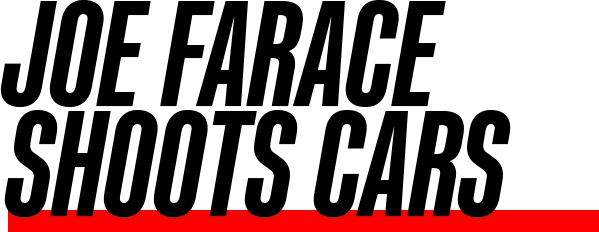Today’s Post by Joe Farace
Unless you’re lucky enough to live in warmer climes, like Florida or California, car show season is just about over, except for some die-hard Cars & Coffee events such as sponsored by the Vehicle Vault herein Colorado. So if you’re going to be shooting in museums or public or private collections you’re going to run headlong into the problem of White Balance.
 If you read my main blog, you’ve heard me say “Light is light” and while that may be true it’s not always the same color. Color temperature emitted by various light sources is measured in degrees on the Kelvin scale. The sun on a clear day at noon is 5500 degrees Kelvin. On an overcast day the color temperature rises to 6700 degrees K, while 9000 degrees K is what you will experience in open shade on a clear day. When we photograph a sunrise, its color temperature may be well down on the Kelvin scale at about 1800 degrees. Tungsten lights have a temperature of 3200 degrees K, while incandescent light bulbs measure about 2600 degrees Kelvin.
If you read my main blog, you’ve heard me say “Light is light” and while that may be true it’s not always the same color. Color temperature emitted by various light sources is measured in degrees on the Kelvin scale. The sun on a clear day at noon is 5500 degrees Kelvin. On an overcast day the color temperature rises to 6700 degrees K, while 9000 degrees K is what you will experience in open shade on a clear day. When we photograph a sunrise, its color temperature may be well down on the Kelvin scale at about 1800 degrees. Tungsten lights have a temperature of 3200 degrees K, while incandescent light bulbs measure about 2600 degrees Kelvin.
Most DSLRs and mirrorless cameras offer different white balance options including Auto, Daylight, Cloudy; Incandescent; Fluorescent; Flash and Custom. Here’s a few suggestions.
Auto white balance aka AWB works most of the time especially in venues with different kinds of light sources such as convention centers, athletic arenas and some car museums. Since you can’t tell just by looking, I always do a few test shots first to see if the color is close in AWB mode. If that doesn’t work I try a few more shots using some of the other available white balance options. Be careful of exposure too. Under most mixed-light conditions, I also find it’s also necessary to increase exposure compensation to produce a bright-enough image.
Then there’s Custom mode, which some users might think is difficult to use but it’s not. Under tricky lighting conditions all you need to do is use make an exposure of something that’s white. The camera will store that image and use it to color correct your subsequent images. T here are too many interpretations of white paint out there, so I bring my own. The flip side of the Kodak Gray Card is white and makes an ideal companion for the photographer interested in making color correct images, saving lots of time that would be spend later tweaking image files.
How I made this shot: Photographing in museums, such as this private collection in San Diego can be a challenge because of the kind of mixed lighting conditions that exist. Camera was a Canon EOS 50D with EF75-300mm f/4-5.6 IS USM lens. Exposure for the above AWB photograph was 1/40 sec at f/5 at ISO 640. Understanding the concepts behind White Balance and the many options that are available to digital photographers make sure that this classic white Jaguar in the background is really white.
Along with photographer Barry Staver, Joe is co-author of Better Available Light Digital Photography that’s now out-of-print but new copies are available from Amazon for $21.88 or used copies for less than four bucks, as I wrote this.

